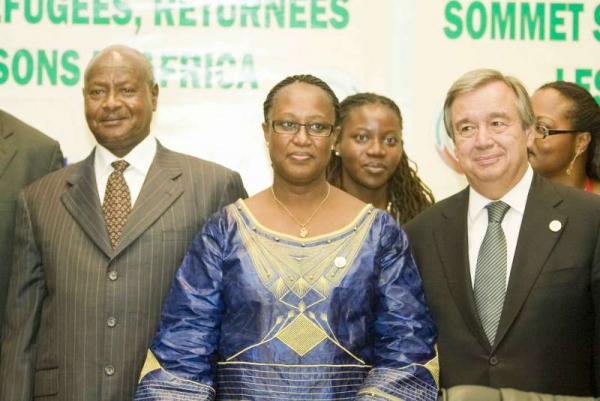In order to adequately understand the issues and challenges that conflict-induced IDPs have to face, it is necessary to outline the legal framework regulating IDPs protection and assistance. In particular, internally displaced people’s legal regime was first established by the Guiding Principles on Internal displacement (1998). These principles constitute the main legal source for IDPs’ protection. They delineate the rights and protections available to IDPs and assert that the primary responsibility for assisting and protecting them lies with national authorities. Throughout the years, the Guiding Principles have acquired almost universal recognition as the normative foundation and key international framework for internal displacement and IDPs protection (Brookings institute, 2008).
At regional level, Africa pioneered the field by issuing the first legally binding instruments for their assistance and protection (IDMC; 2016). The 2006 Pact on Security, Stability and Development in the Great Lakes Region, known as the Great Lakes Pact, and its Great Lakes Protocol on the Protection and Assistance to Internally Displaced Persons (2006) instituted a legal framework for the protection of IDPs by incorporating the 1998 Principles into domestic law, outlining domestic legal measures to address IDPs needs (IDMC, 2016). Subsequently, the African Union (AU) adopted the Kampala Convention (2009) - the first legally binding regional convention to comprehensively address internal displacement. Drawing from the Guiding Principles, this Convention offers a common framework to address the specificities of internal displacement on the African continent and provides a clearer legal basis for IDPs’ protection by defining responsibilities and roles for actors operating in displacement settings (IDMC,2016).
Although crucially detailing the specifics of their assistance and establishing a pivotal regime for internally displaced people’s protection, a universally legally binding instrument is still not in place. Similarly, no international organisation or agency has been designated as the global lead for their assistance and protection. Nonetheless, all international actors have been called to cooperate with each other to address IDPs’ needs pursuant to the “collaborative approach” (UNHCR, 2007).
However, the role of the international community is only complementary. In fact, as the Guiding Principles set out, the primary responsibility for IDPs assistance and protection for IDPs lies with national governments. In fact, according to the principle of sovereignty, states are responsible for the protection their population and IDPs – by remaining within international borders - remain entitled to the rights available to the general population (Brookings Institute, 2008). Nevertheless, IDPs encounter additional vulnerabilities compared to average citisens. As a result, it is crucial for countries to develop national policies and additional measures to tackle these further challenges. Optimistically, the number of countries that have developed such national laws or policies in accordance with international standards continues to grow. This reinforces the idea that internal displacement must be address both as a matter of legal obligation and national interest (Brookings Institute, 2008).




